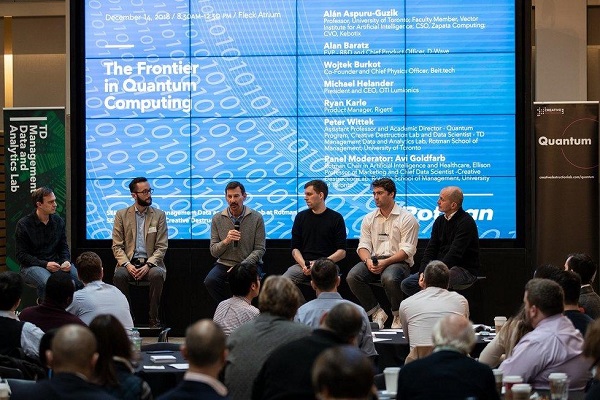
Scientists at the Polish BEIT startup, supported by Honeywell Quantum Solutions Team, conducted several experiments and succeeded in quantum unstructured search in 32- and 64-element spaces.
Honeywell System H0 uses qubits built using trapped-ion technology, arranged in a 6-qubit quantum register with all to all connectivity. H0 had achieved Quantum Volume of 64 – making it one of the most advanced and capable contemporary quantum computing systems.
High coherence times and low error rates of Honeywell System H0, combined with BEIT’s breakthrough algorithms allowed for successful unstructured search in 32- and 64-element spaces.
In general, cornerstone quantum algorithms are deemed too complex for current NISQ computers. A method for finding a marked pattern among many others in a black box approach, called unstructured search, is one of these algorithms. Finding a solution for search spaces larger than 8 elements on the actual hardware eluded all the attempts before early 2020 runs of BEIT’s algorithms on machines employing superconducting qubits.
Quantum computers can represent the patterns efficiently: 6-qubit machines like Honeywell System Model H0 can process 64 of these, thus defining a 64-element search space. Future hardware improvements will double the search space with each additional qubit. Quantum unstructured search was first presented theoretically in Grover’s Search algorithm. In a quantum setting, these algorithms manage, for example, to pull out a single white ballot in 12 tries with probability near 100%, from a ballot box containing also 63 black ones.
BEIT engineers implemented several of proprietary unstructured search algorithms, designed to utilise features unique to Honeywell System Model H0 including Mid-circuit Measurement. BEIT’s algorithms not only fit in today’s quantum systems but also provably scale optimally with growing numbers ofqubits, so they can be used on largersystems when such become available.
BEIT’s hardware-agnostic algorithms and their hardware-aware implementations minimize the number of 2-qubit gates, shortening quantum circuits so they can be executed on actual quantum computing hardware with high success probabilities.
You can read the paper there.
